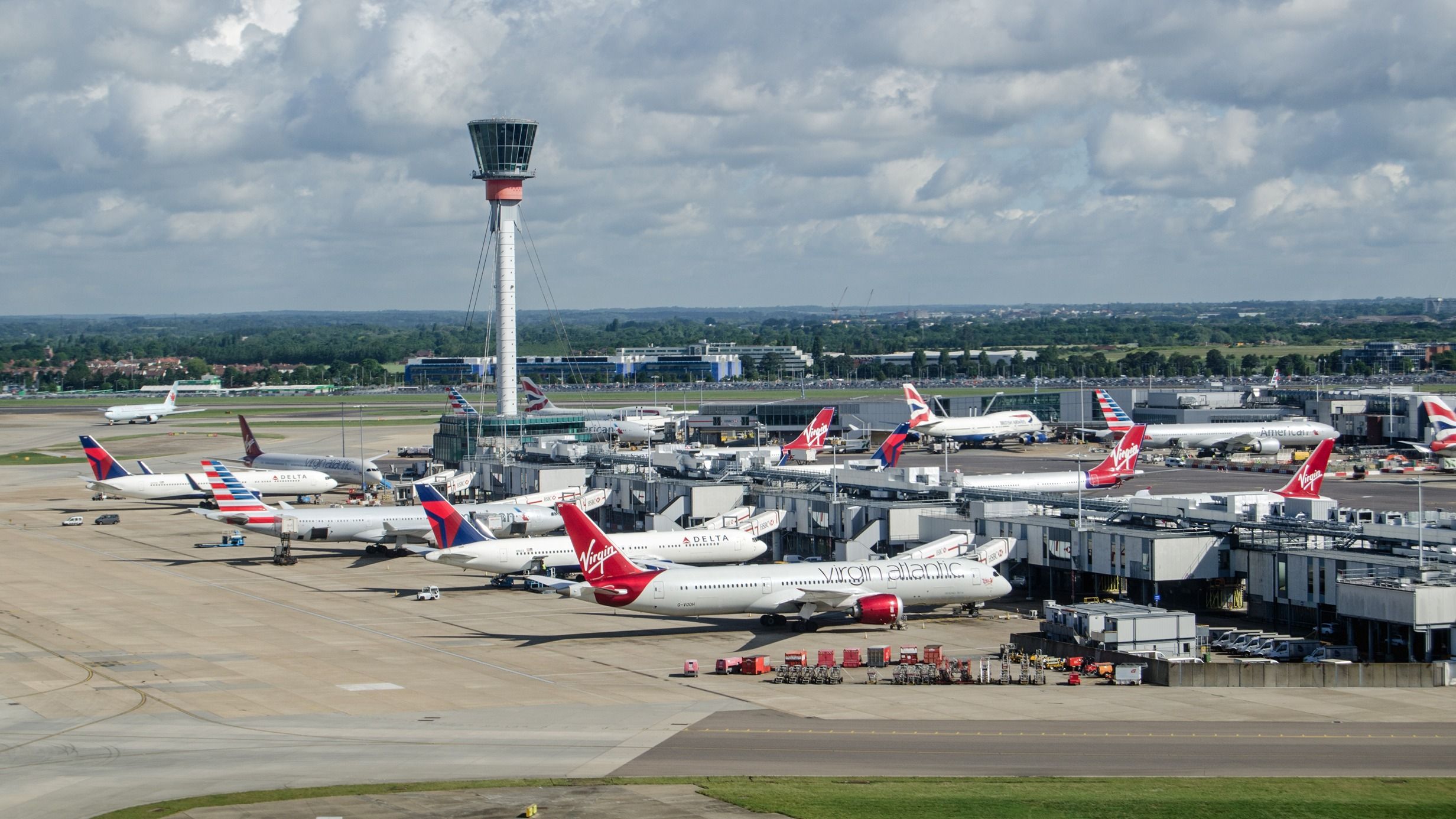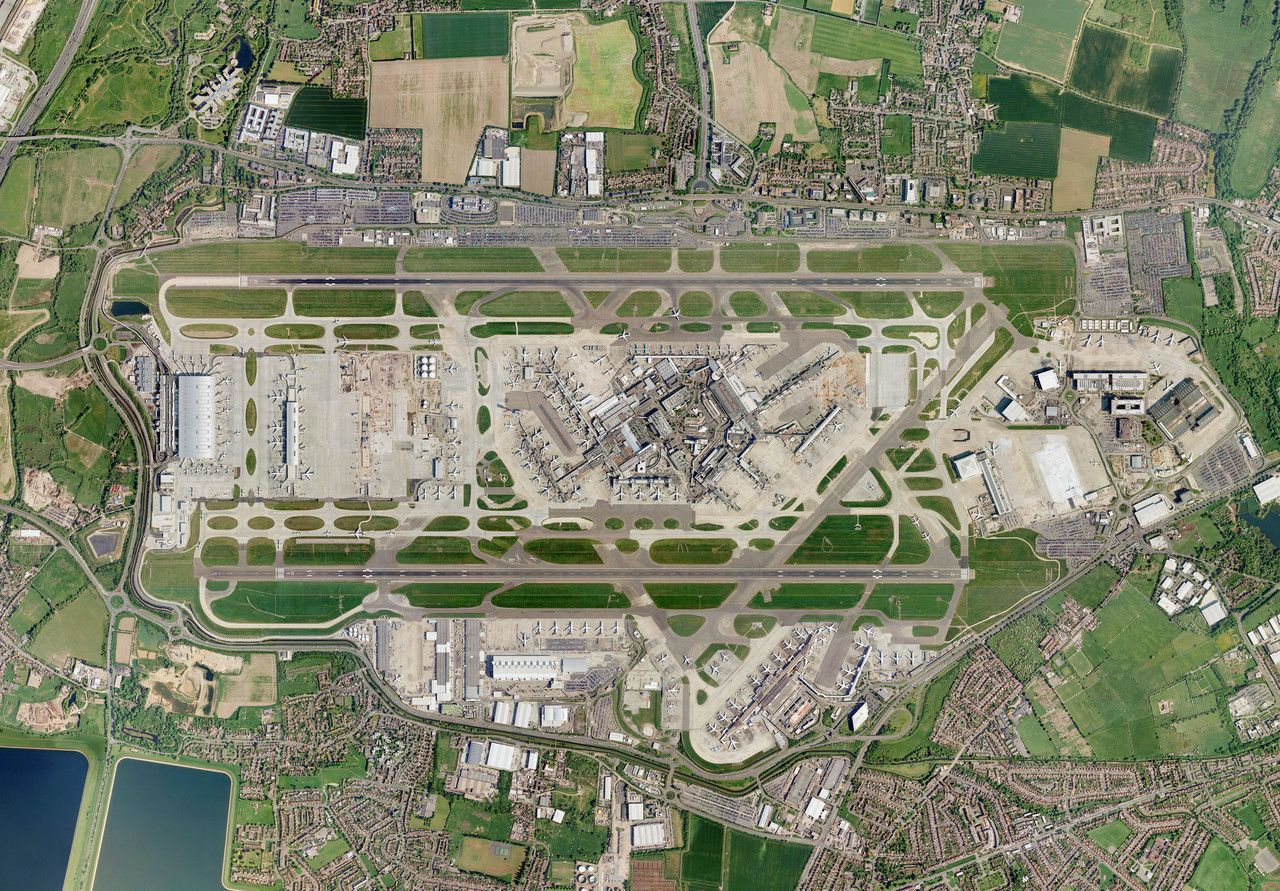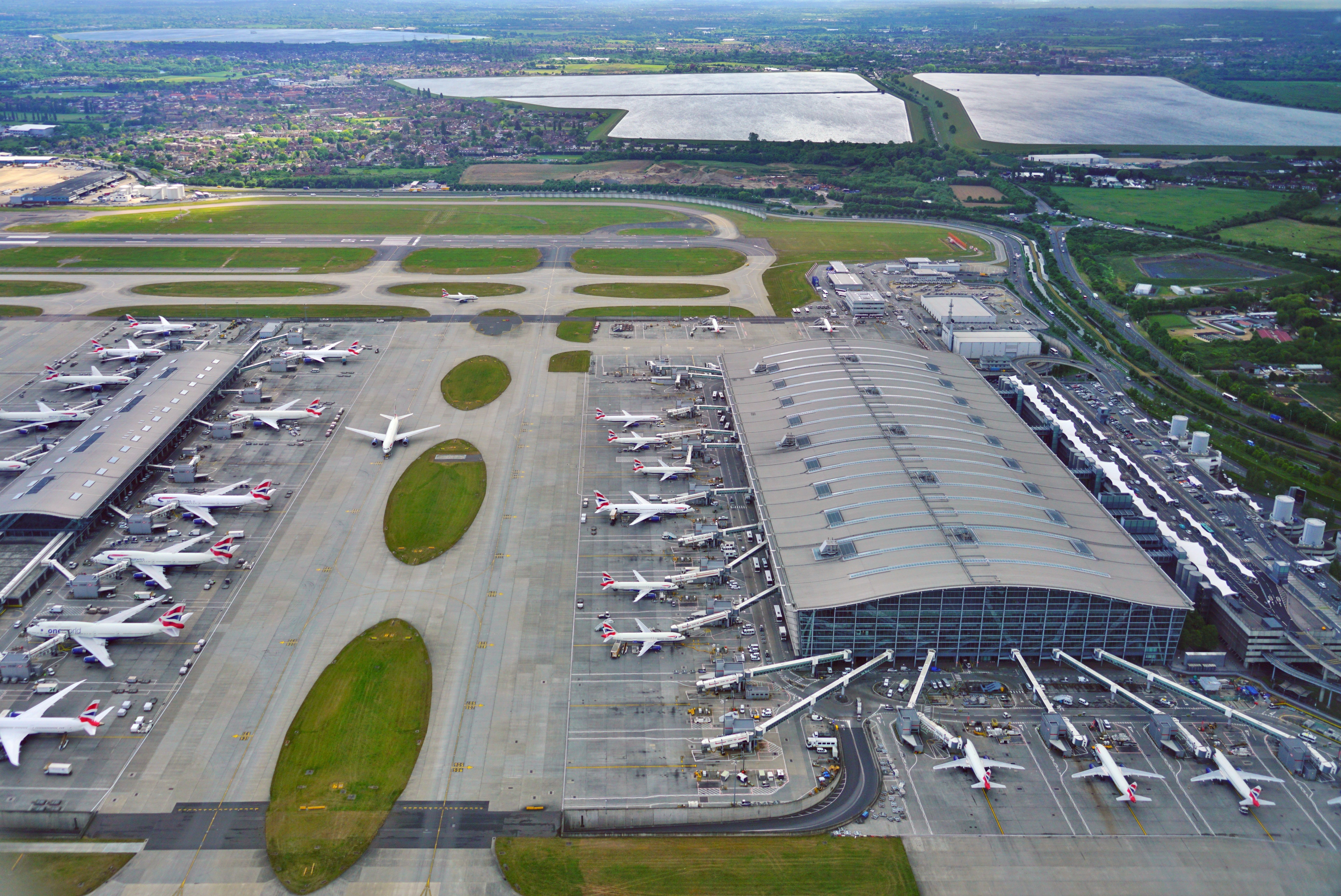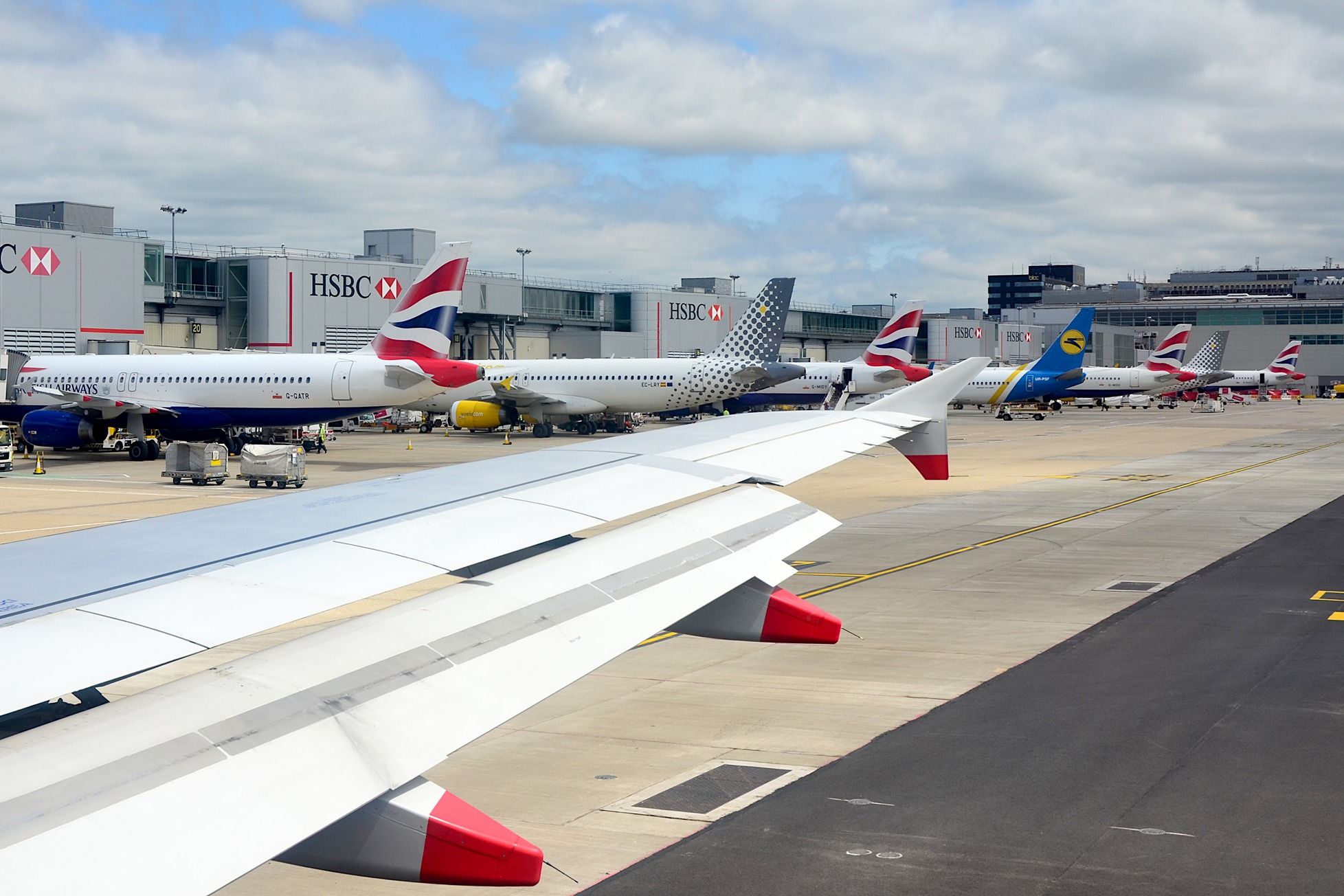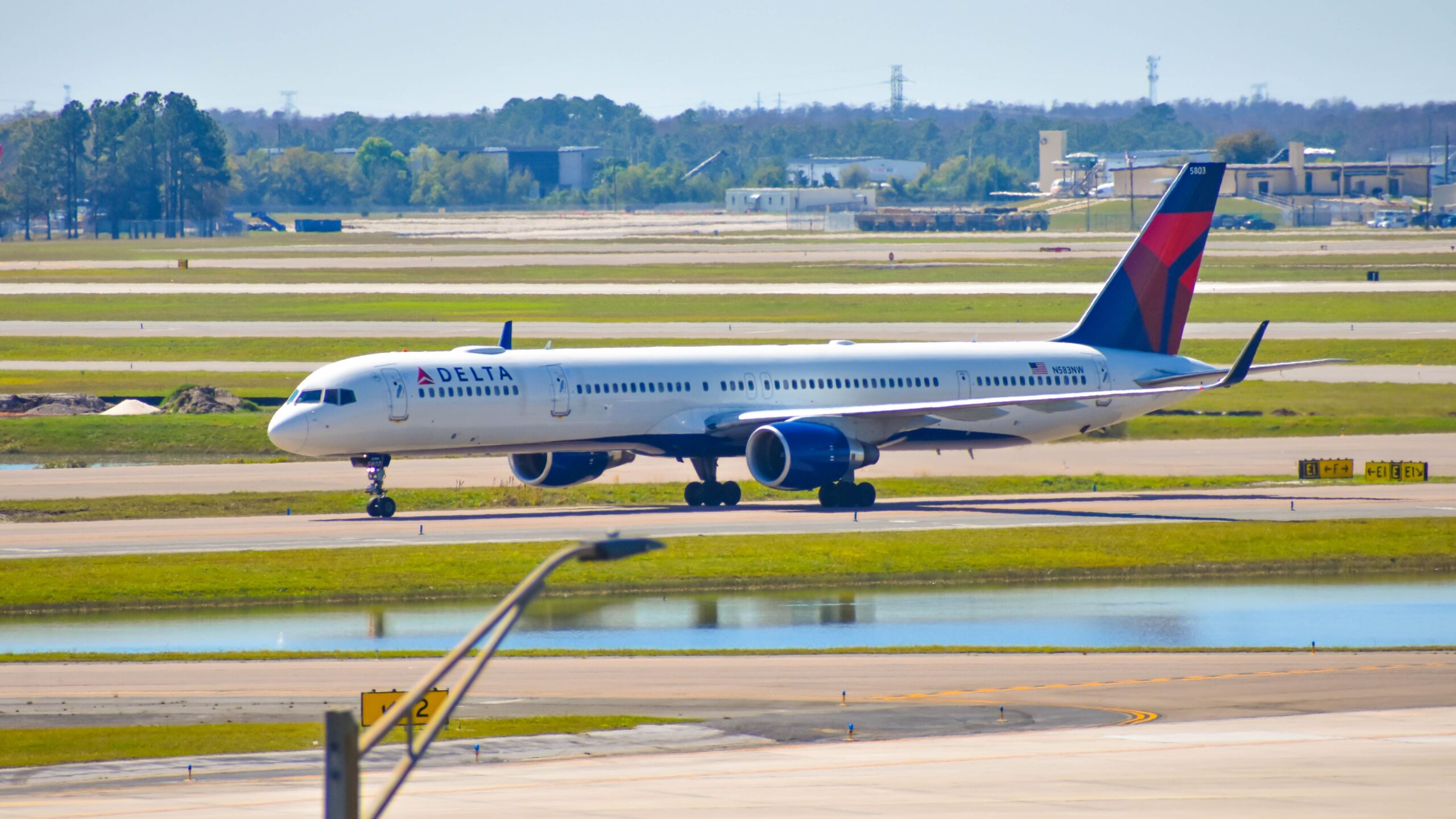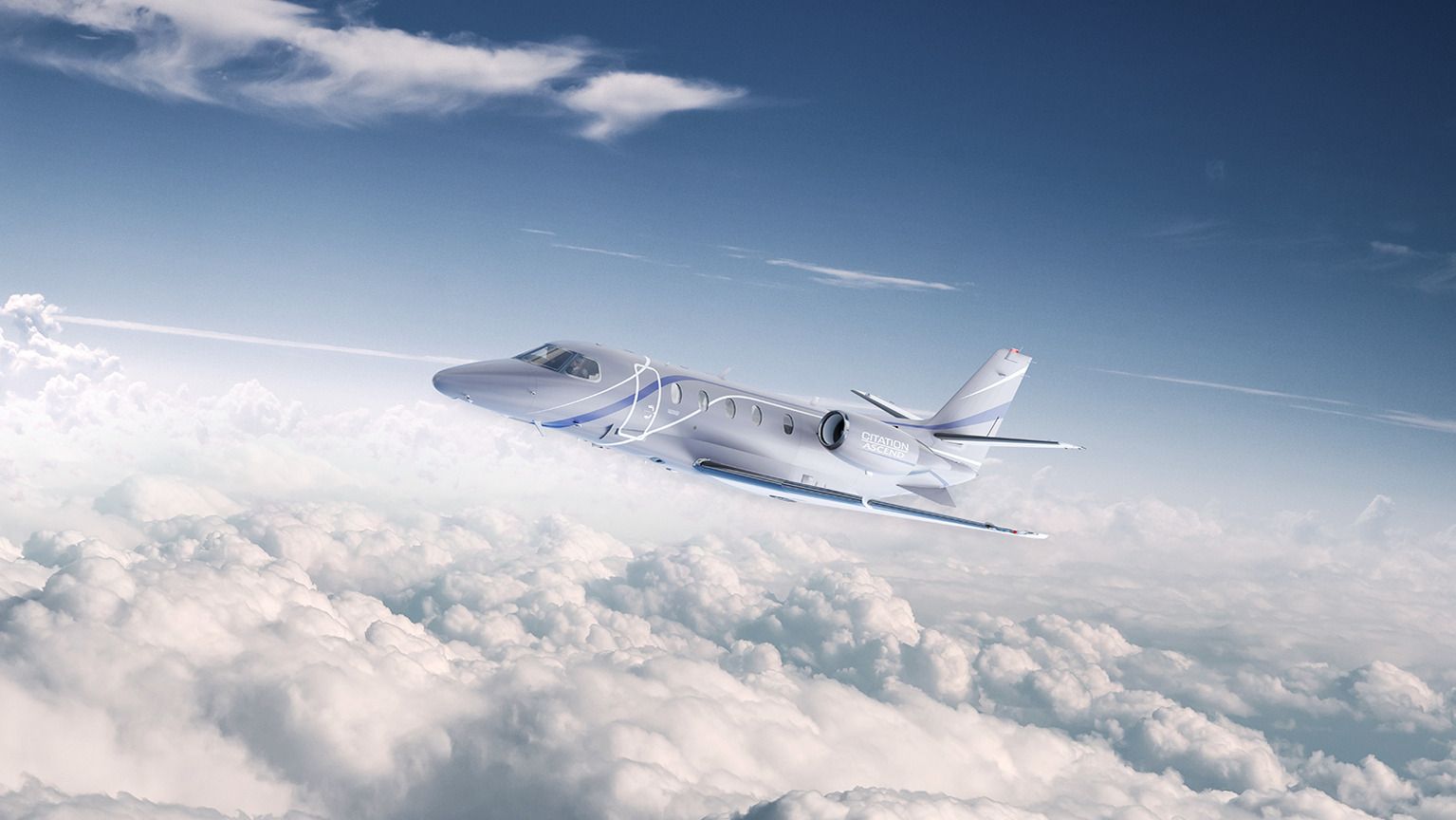Summary
- Known as London Airport in 1946, renaming Heathrow Airport in 1966 was crucial for distinction.
- Before becoming Heathrow, the airport nearly carried the name ‘Swintonfield.’
- Today, Heathrow Airport remains a central force in global aviation, ranking high in passenger volume.
Did you know that London Heathrow Airport (LHR), Europe’s busiest airport and one of the world’s most popular airports, was once called “London Airport?” While London and Heathrow have become synonymous today, this has not always been the case. The airport adopted its current name in 1966, 20 years after its establishment. Simple Flying explores London Heathrow aircraft’s history and what led to its renaming.
A brief history of London Airport
|
Airport type |
Public |
|---|---|
|
Owner/operator |
Heathrow Airport Holdings |
|
Serves |
Greater London Urban Area |
|
Location |
London Borough of Hillingdon, England, United Kingdom |
|
Opened |
25 March 1946; 78 years ago |
|
Hub for |
British Airways, DHL Aviation, Virgin Atlantic |
|
Built |
1929, 95 years ago |
While London Heathrow was officially established in 1946 as London Airport, its origins stretch back even further. Indeed, before the onset of the Second World War, Heathrow’s site was home to a private airfield. This facility opened in 1929 and was operated by UK aircraft manufacturer Fairey Aviation.
Photo: EQRoy | Shutterstock
Known at the time as the Great West Aerodrome, the airfield was situated near a hamlet known as ‘Heath Row’ on the outskirts of London. This small settlement was demolished entirely in 1944 to make room for expansion work. Historical documents from the 15th century recorded the hamlet’s name as ‘La Hetherewe.’
After the Second World War ended, the facility began operating its first commercial flights in 1946 under the London Airport name. It expanded rapidly and, by the 1960s, was handling millions of passengers each year.
London’s main airport at the time was Croydon, which wasn’t suitable for post-war aircraft and lacked expansion potential. London Airport was thus earmarked to become the capital’s primary airport and underwent significant expansion work, including three new terminals by 1969. So, what led to its name change?
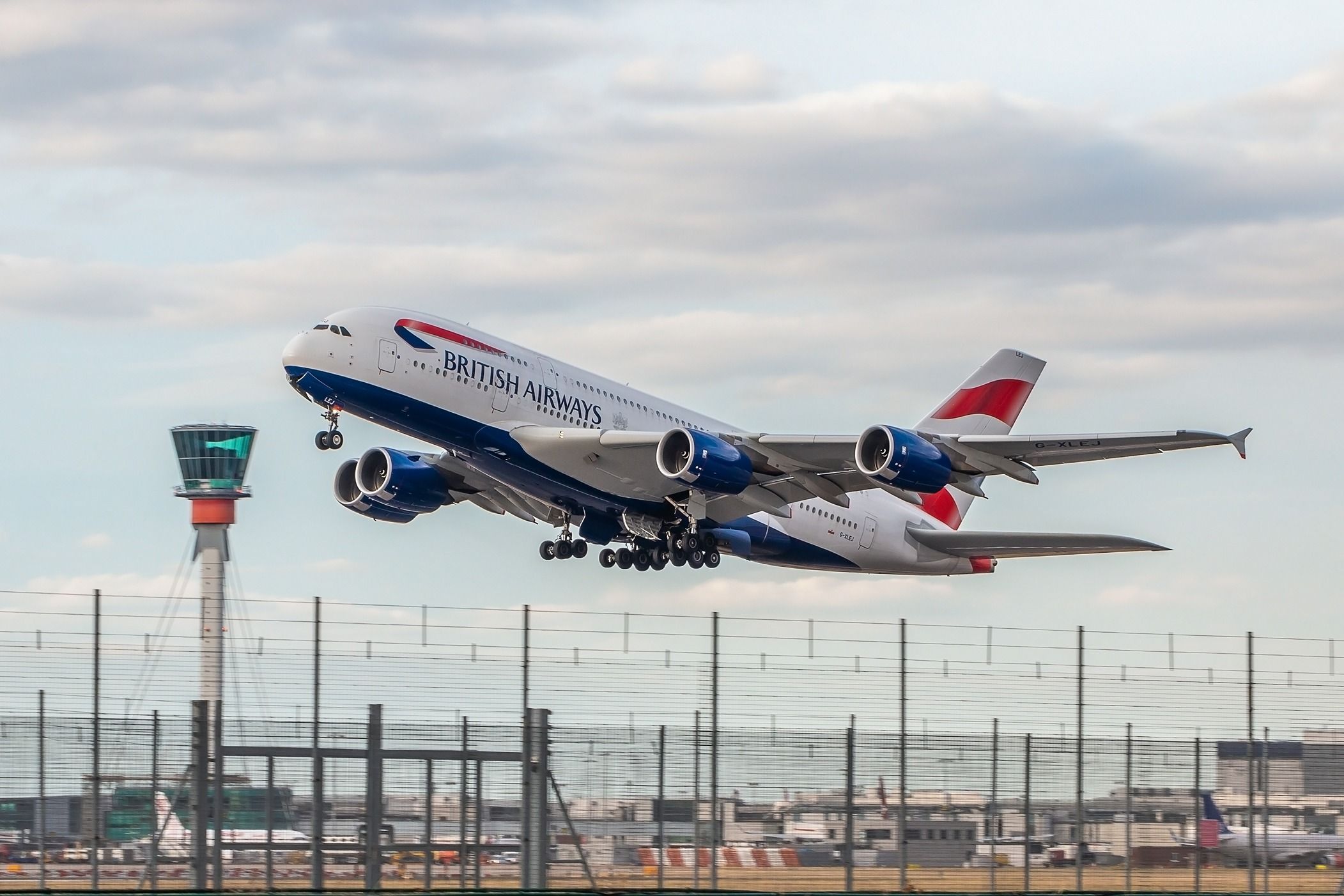
Related
Heathrow Airport Is Heading For Its Busiest Year Ever
Heathrow Airport is off to a grand start and has already upped its 2024 passenger forecast to 82.4 million.
Gatwick Airport arrives on the scene
With air travel becoming more accessible to the everyday person post-World War II, London needed to expand its aviation capacities. This led to reopening a newly-renovated Gatwick Airport in 1958, with Queen Elizabeth II in ceremonial attendance. This facility soon attracted many prominent airlines.
As Gatwick rose to prominence, it became increasingly apparent that ‘London Airport’ needed a less generic name. This would help distinguish it from its counterpart in the south. Named after the hamlet it was built on, London Airport became Heathrow Airport in 1966. The current location of Terminal 3 is said to be closest to where the centuries-old hamlet of Heath Row once stood.
Photo: Adam Loader | Shutterstock
The airport almost took on a different name
As it happens, the transition to ‘Heathrow’ wasn’t the only name change on the table. Indeed, the airport was allegedly almost named ‘Swintonfield’ after the first Minister of Civil Aviation, Lord Swinton. A key concern among authorities at the time was that foreign visitors and crews would have trouble pronouncing Heathrow.
However, despite these worries, the name stuck. Back in the 1990s, there was talk of renaming the airport again, this time after a significant UK historical figure: Sir Winston Churchill. According to records from the National Archives, Prime Minister John Major considered the idea in 1996. However, this never went ahead, and LHR has now spent over half a century operating under its current name.
Photo: British Airways
Today’s Heathrow Airport
Annual traffic statistics
|
Year |
Passengers handled |
Cargo (tonnes) |
Aircraft movements |
|---|---|---|---|
|
2014 |
73,374,825 |
1,498,906 |
472,802 |
|
2015 |
74,959,058 |
1,496,551 |
473,087 |
|
2016 |
75,676,223 |
1,541,029 |
473,231 |
|
2017 |
77,988,752 |
1,698,455 |
474,033 |
|
2018 |
80,102,017 |
1,788,815 |
477,604 |
|
2019 |
80,884,310 |
1,587,451 |
475,861 |
|
2020 |
22,109,723 |
1,150,030 |
200,905 |
|
2021 |
19,393,145 |
1,402,913 |
190,032 |
|
2022 |
61,611,838 |
1,350,878 |
384,383 |
|
2023 |
79,151,723 |
1,387,060 |
454,089 |
Today, Heathrow remains a central force in global aviation. According to OAG data, it is the busiest airport in Europe in terms of passenger volume, having served over 79 million passengers last year.
It has also become the fourth-busiest airport in the world by passenger traffic and the second busiest by international passenger traffic. Moreover, the site is also a hotspot for all types of passenger jets, often attracting plane spotters and enthusiasts from across the continents.
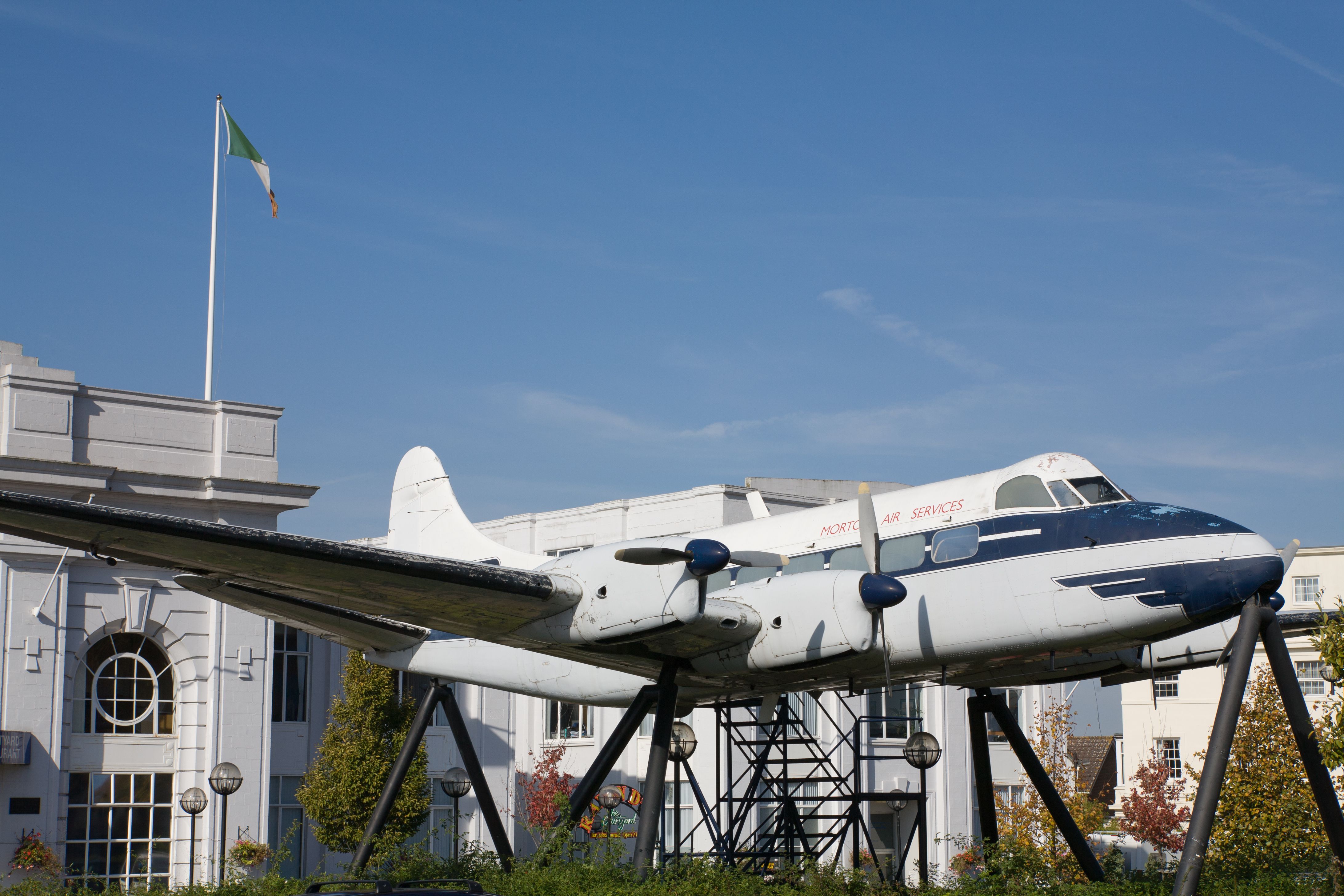
Related
What Was The UK’s Main Airport Before London Heathrow?
Heathrow wasn’t always the main airport for London and the United Kingdom.
Do you know the history of Heathrow Airport’s name? Do you think it should be changed again in the future? In the comments, let us know your thoughts about the airport and its story.

